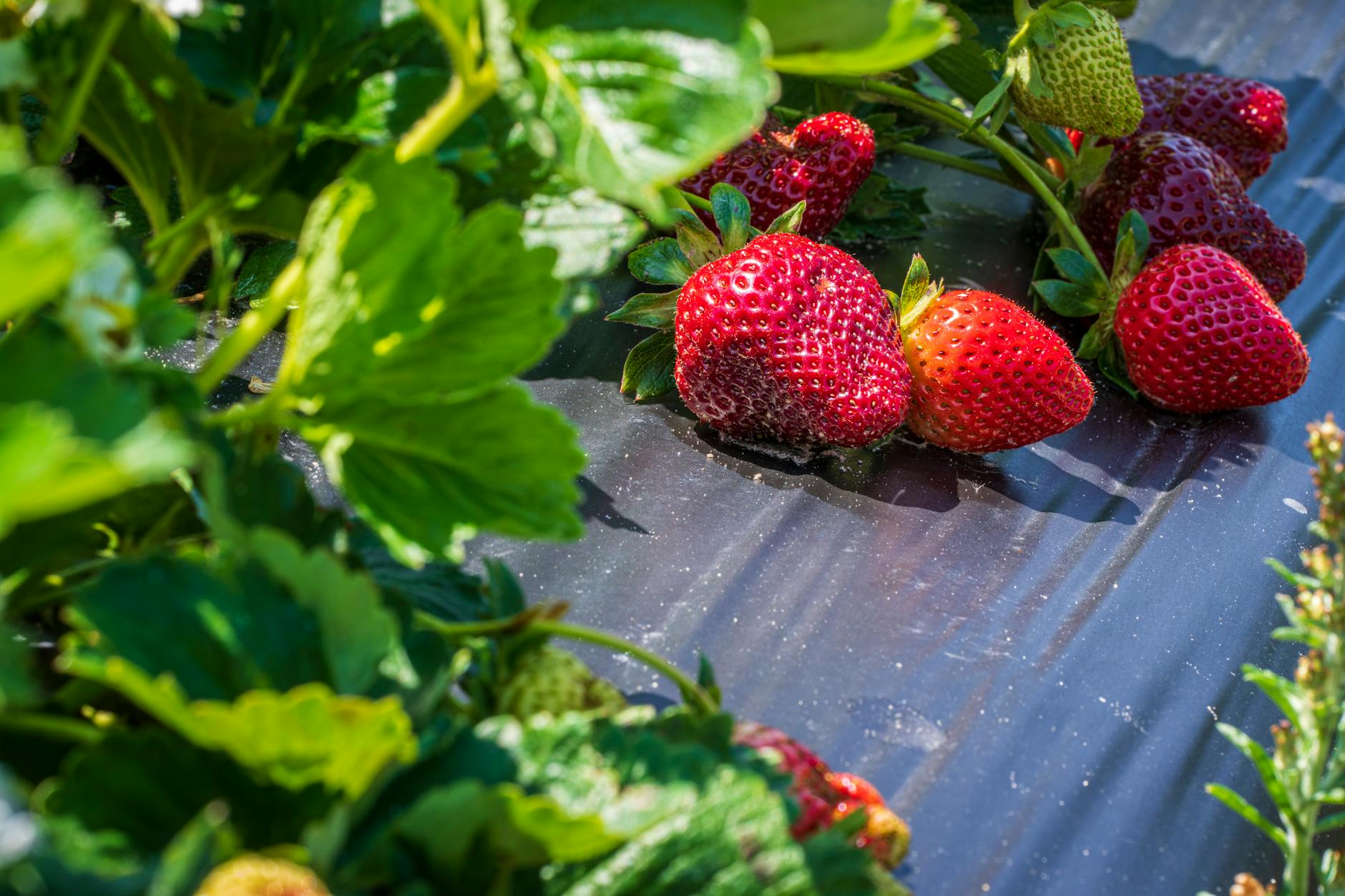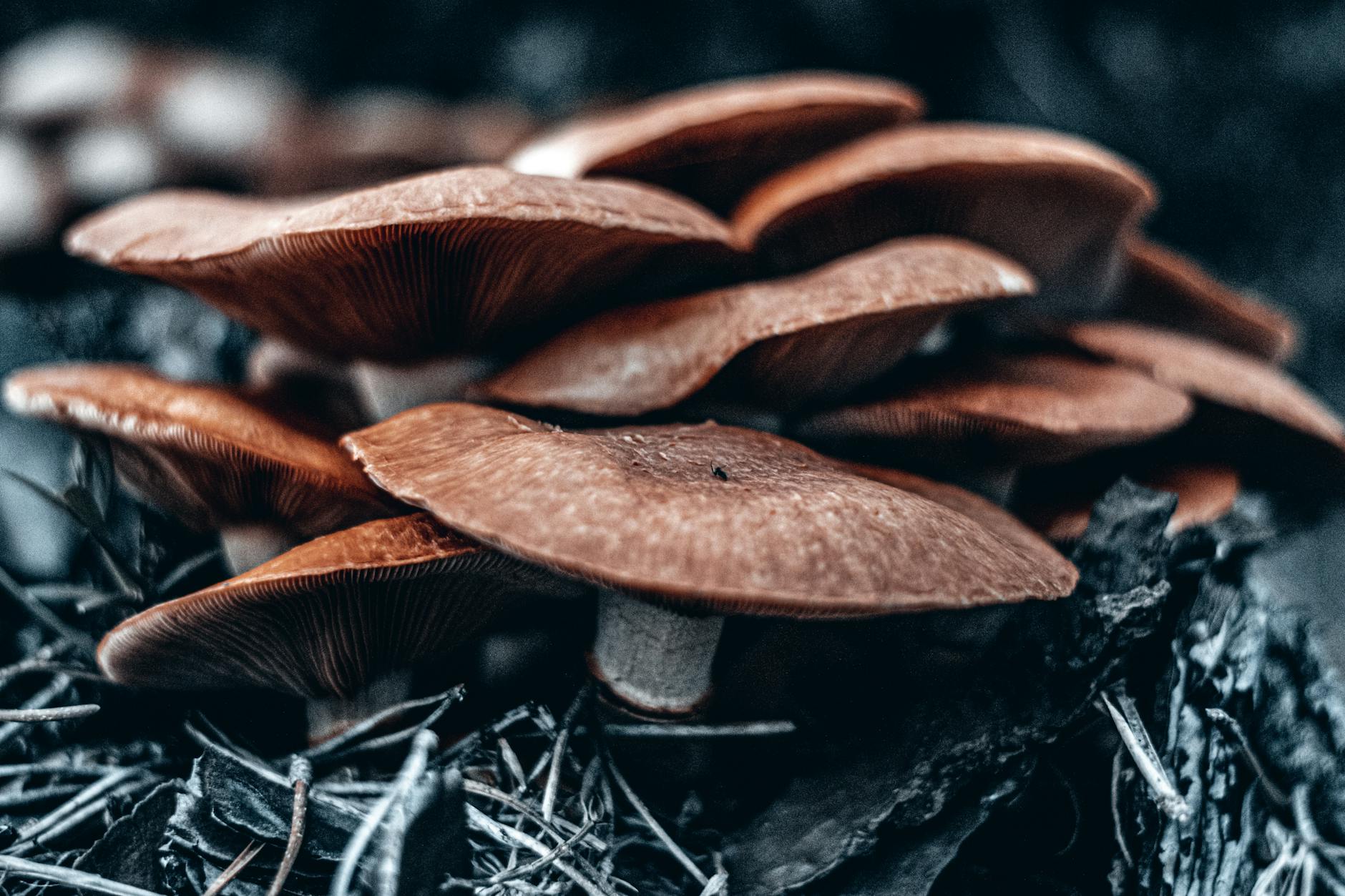In the world of eco-friendly mushroom growing, utilizing sawdust recycling substrates plays a vital role in sustainable cultivation practices. Mushrooms are not only delicious and nutritious but also versatile organisms that can be grown using various substrates. Sawdust, a byproduct of the timber industry, is an excellent alternative substrate for mushroom cultivation due to its availability and high nutrient content. In this article, we will explore the best sawdust recycling substrates for eco-friendly mushroom growing.
The Benefits of Using Sawdust as a Substrate
Using sawdust as a growing medium for mushrooms provides several benefits. Sawdust is rich in nutrients such as nitrogen, carbon, and minerals, which are essential for mushroom growth. Additionally, sawdust is readily available and cost-effective, making it a sustainable choice for mushroom cultivation. By recycling sawdust as a substrate, growers can reduce waste and contribute to environmental conservation efforts.
Best Sawdust Substrates for Mushroom Cultivation
1. Oak Sawdust: Oak sawdust is a popular choice for mushroom cultivation due to its high lignin content, which provides a sturdy structure for mushroom growth. Oak sawdust is rich in nutrients and enhances the flavor of certain mushroom species like Shiitake and Oyster mushrooms.
2. Maple Sawdust: Maple sawdust is another excellent substrate for growing mushrooms, as it is rich in sugars and carbohydrates that support fungal growth. Mushrooms such as Reishi and Lion’s Mane thrive well in maple sawdust substrates, producing high yields of quality mushrooms.
3. Beech Sawdust: Beech sawdust is known for its fine texture and high moisture retention capacity, making it an ideal substrate for mushroom cultivation. Beech sawdust promotes vigorous mycelium growth and is suitable for a wide range of mushroom species, including Button mushrooms and Portobello mushrooms.
Tips for Using Sawdust Substrates Effectively
– Sterilization: It is essential to sterilize sawdust substrates before inoculation to prevent contamination by competing microorganisms. Sterilization methods such as steam sterilization or chemical treatment can ensure a clean growing environment for mushrooms.
– Moisture Control: Maintaining optimal moisture levels in sawdust substrates is crucial for successful mushroom cultivation. Proper hydration promotes mycelium colonization and fruiting body development, leading to higher yields of mushrooms.
– Nutrient Supplementation: While sawdust provides a rich source of nutrients for mushrooms, supplementing with nitrogen sources such as bran or soybean meal can enhance the nutritional content of the substrate and support robust mushroom growth.
Conclusion
In conclusion, sawdust recycling substrates offer a sustainable and effective solution for eco-friendly mushroom cultivation. By choosing the right type of sawdust and implementing proper cultivation practices, growers can achieve successful mushroom harvests while minimizing environmental impact. Incorporating sawdust substrates into mushroom growing operations not only benefits the grower but also contributes to sustainable agricultural practices and resource conservation. Embracing eco-friendly mushroom cultivation with sawdust substrates is a win-win for both the environment and the grower.


